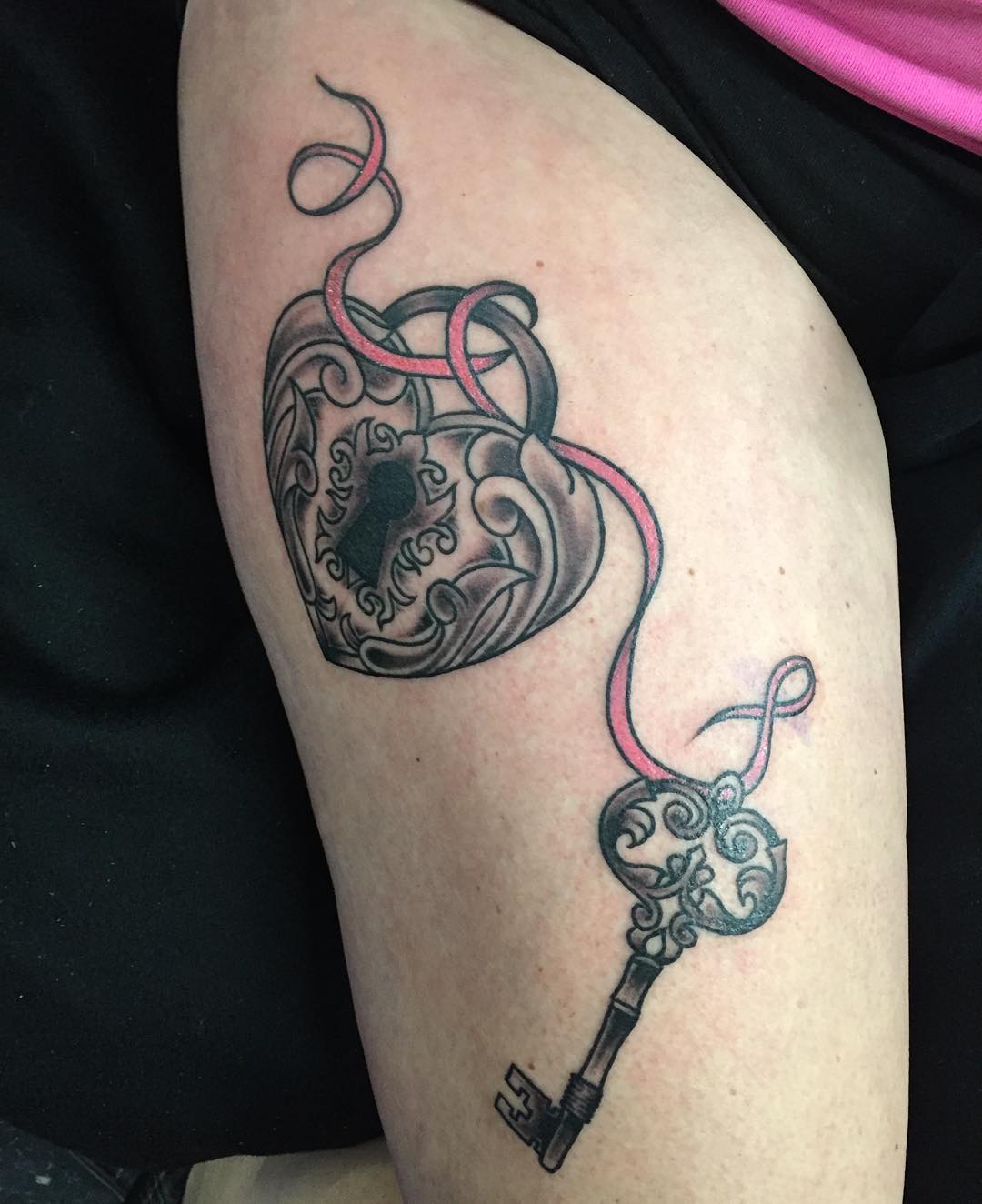
/Getty_visual_paradox-550370953-56afa70b3df78cf772c7203e.jpg)
In Transdisciplinary Professional Learning and Practice (pp. Integrating Transdisciplinarity and Translational Concepts and Methods into Graduate Education. Crystal structure of a monomeric retroviral protease solved by protein folding game players. Khatib, F., DiMaio, F., Cooper, S., Kazmierczyk, M., Gilski, M., Krzywda, S., … & Foldit Void Crushers Group. The new production of knowledge: The dynamics of science and research in contemporary societies. Gibbons, M., Limoges, C., Nowotny, H., Schwartzman, S., Scott, P., & Trow, M. Journal of European Industrial Training, 20(5), 20-30. Towards a holistic model of professional competence. Technology for Creativity and Innovation: Tools, Techniques and Applications. Cultivating Innovation through Social Relationships: A Qualitative Study of Outstanding Australian Innovators. International Journal of Art & Design Education, 32(2), 176-189.īridgstock, R., Dawson, S., & Hearn, G.

Professional Capabilities for Twenty‐First Century Creative Careers: Lessons from Outstandingly Successful Australian Artists and Designers. Similarly, think about the possibilities if you were an architect who has an interest in inorganic chemistry, or a civil engineer / physicist involved in designing and building a deep-space telescope.īridgstock, R. A molecular biologist who has some background in gaming or 3-D visualisation might well come up with an innovative way of solving protein structure problems. Second, more ‘teeth’ on the key affords the individual their own unique transdisciplinary perspectives that support creativity, innovation and problem-solving, and promote employability. Put another way, possessing disciplinary knowledge and skills in multiple fields supports the ability to translate knowledge, collaborate and work with others from dissimilar backgrounds and knowledge regimes. First, as the number of teeth on the key increase, they support and widen the horizontal stroke / spine of the key. There seem to be two main reasons that multiple areas of disciplinary expertise is advantageous. These areas of disciplinary expertise become the ‘teeth’ of the key. They may have one very deep area of knowledge and skill, but it is accompanied by several others of varying depth as well. Rather, highly successful 21st century professionals tend to be ‘key shaped’ – they possess several areas of disciplinary capability at different degrees of depth. My research with successful innovators in various disciplines has shown that one downward stroke is nearly always not sufficient.

Where I have an issue with the ‘T-shaped’ person metaphor is in the downward stroke of the T – the disciplinary depth. When I’m teaching my first years about transdisciplinarity I often use the example of the groundbreaking 2010 article in Nature, where gamers using the ‘Foldit’ platform were able to identify the molecular structure of complex proteins in just a few weeks, when scientists had struggled with the problems for years using traditional methods. In fact, these kinds of collaborations are more likely to produce innovative ideas and effective solutions to difficult problems than unidisciplinary approaches. There is also quite a lot of academic literature out there that suggests that increasingly, professionals need to collaborate effectively with people who have quite dissimilar backgrounds to themselves. Actually, those of you who have read my work would know that I’m all for capabilities that support transdisciplinary work (e.g., Bridgstock, Dawson & Hean, 2012 Bridgstock, 2013), which the ‘T-shaped’ movement is all about. The notion of the ‘T-shaped’ professional has grown in popularity over the last five years, with IDEO’s CEO Tim Brown coming out as a strong advocate for the idea, and T-Summit Conferences being held annually in the US higher education sector. According to T proponents, traditional higher education programs tend to produce ‘I-shaped’ graduates – students who possess disciplinary capabilities, but lack collaborative, communication and boundary-crossing capabilities. The basic idea is that professionals need to possess both depth of disciplinary knowledge and breadth of capability for collaboration across multiple disciplines – hence the vertical and horizontal strokes of the ‘T’. The ‘T-shaped person’ metaphor has been floating around talent management and education circles for nearly 25 years now.


 0 kommentar(er)
0 kommentar(er)
